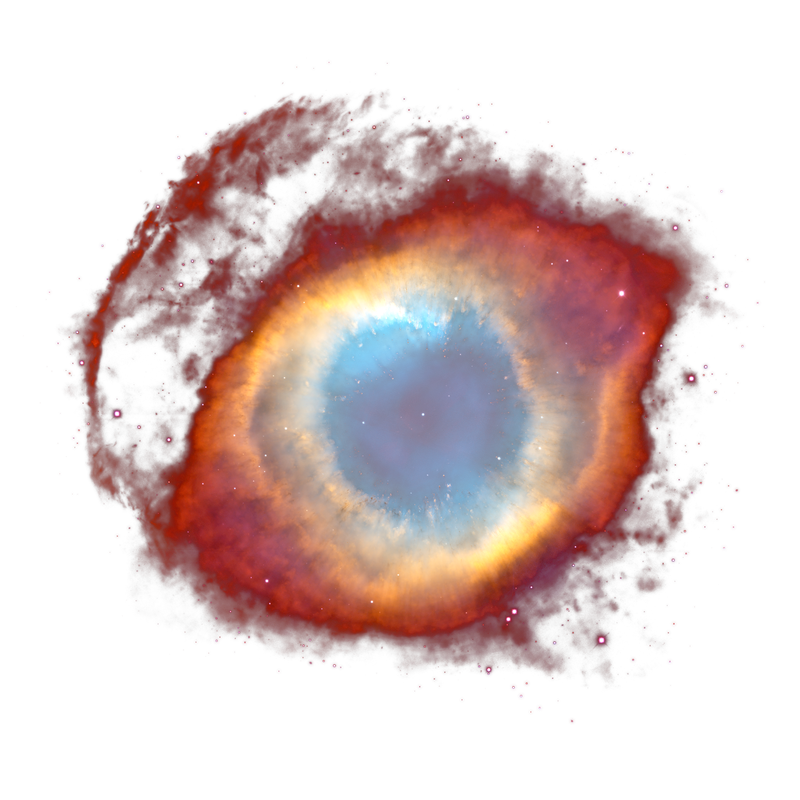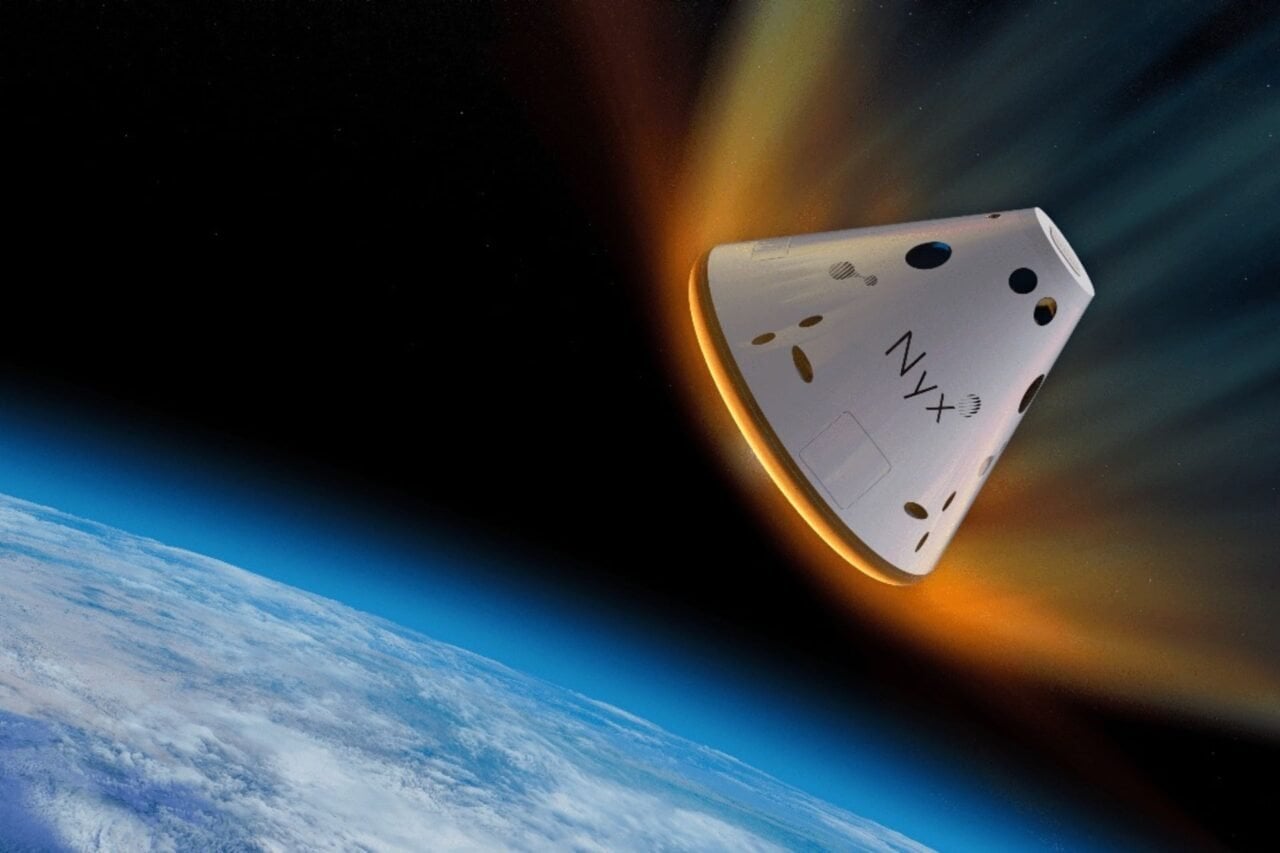That’s one hell of a hotbox session.
… As access to space has increased, thanks largely to the commercial space industry, so too have the types of payloads we are sending. Consider the Nyx capsule created by German aerospace startup The Exploration Company, which launched on June 23rd from the Vandenberg Space Force Base atop a Falcon-9 rocket as part of a rideshare mission (Transporter-14). The payload for this flight (dubbed “Mission Possible”) included the ashes and DNA of more than 166 deceased people provided by Celestis, a Texas-based memorial spaceflight company.
While the mission achieved orbit and a controlled reentry, the capsule’s landing parachutes failed to deploy before landing. This caused the Nyx capsule to crash in the Pacific Ocean on June 24th, causing all of its cargo to be lost at sea. …
…
This is also the second time Celestis has lost a payload, the previous having taken place in 2023 when a rocket containing the cremated remains of the late NASA astronaut Philip K. Chapman exploded over New Mexico. …
It’s probably the way he would have wanted to go.
I think you can find bit of him in every New Mexican.
You are allowed to send ashes into SPACE? C02 is at record levels and this type of shit is allowed to happen?
Things like this are a tiny part of the payload for rockets doing useful work. No, we are not launching rockets solely for amusement. Even that asshole Musk launching a Tesla was a engine/payload test.
Thank you for your reply kind stranger. Good to know that we’ve not gone completely mental as a species yet
I presume the goal was to put the remains in low earth orbit, where they would eventually have reentered anyway—right?
For a brief fraction of a second I read cannibals.
That’s the dream.







